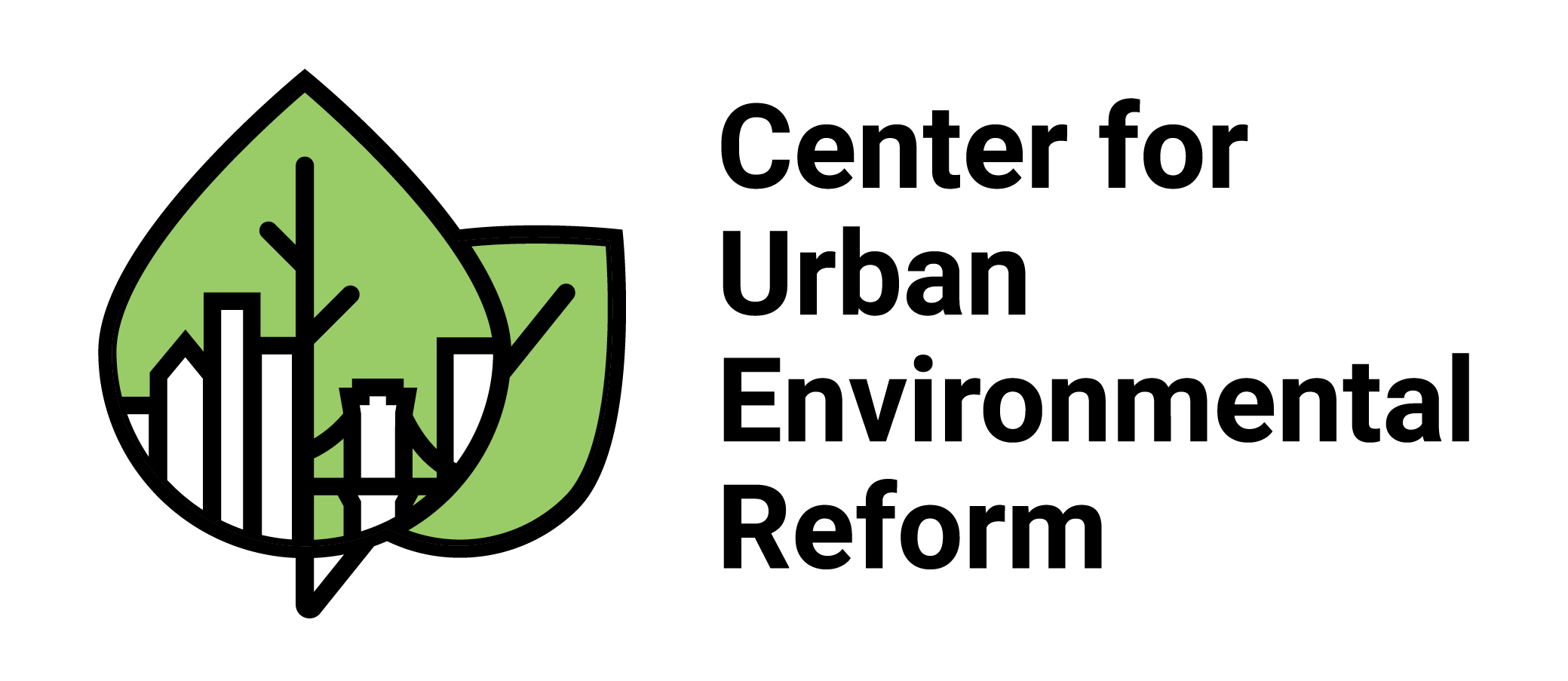Regenerative Agriculture to Combat Poverty?
Poverty has long been a topic of discussion in political spheres, and the ideas proposed to combat poverty are far too numerous for this post. However, one recently discussed idea not only reverses poverty but also has benefits for the environment, regional food safety and public health. Regenerative agriculture, a farming movement focused on sustainable and healthy farming practices, may limit poverty while providing additional benefits to the environment and community at large.
Regenerative agriculture has been shown to increase soil health, increase food yields, improve food nutirition, and strengthen local food systems. By fostering more sustainable practices that also increase the value of the food produced, agriculture allows for a renewal of worldwide farming centers that can provide food security and job growth to regions in need.

From Regeneration International’s “What is Regenerative Agriculture“
Guatemala, for instance, is predominately rural, with many rural residents suffering from poverty and malnutrition. With appropriate funding, renewable agriculture could allow Guatemala to become a regional agricultural powerhouse, providing healthy food to 16 million people while rehabilitating the environment and creating sustainable jobs for its citizens. Currently, Guatemalans receive twice as much money from migrant workers than they do from their agricultural industry. Refocusing on traditional, sustainable farming can reverse this trend.
Guatemala is just one example of the potential impact renewable agriculture can have on systemic poverty. Most of the world is still rural and lives in poverty. By expanding funding to these regions with a focus on renewable agriculture, we can address both socioeconomic inequities and rehabilitate our global environment. To learn more about renewable agriculture, visit here.

